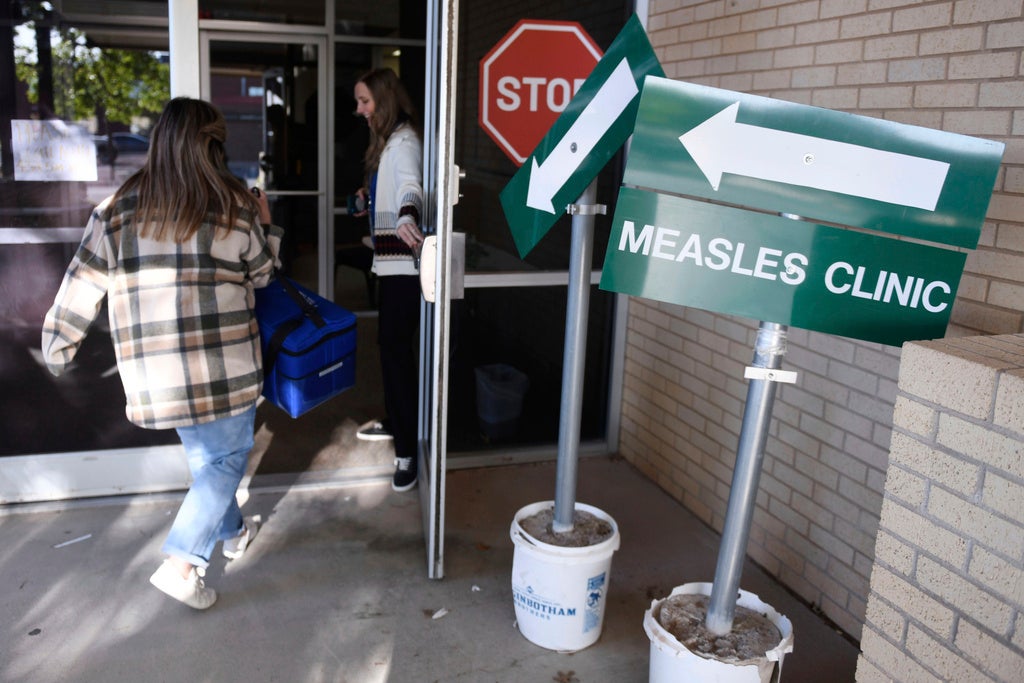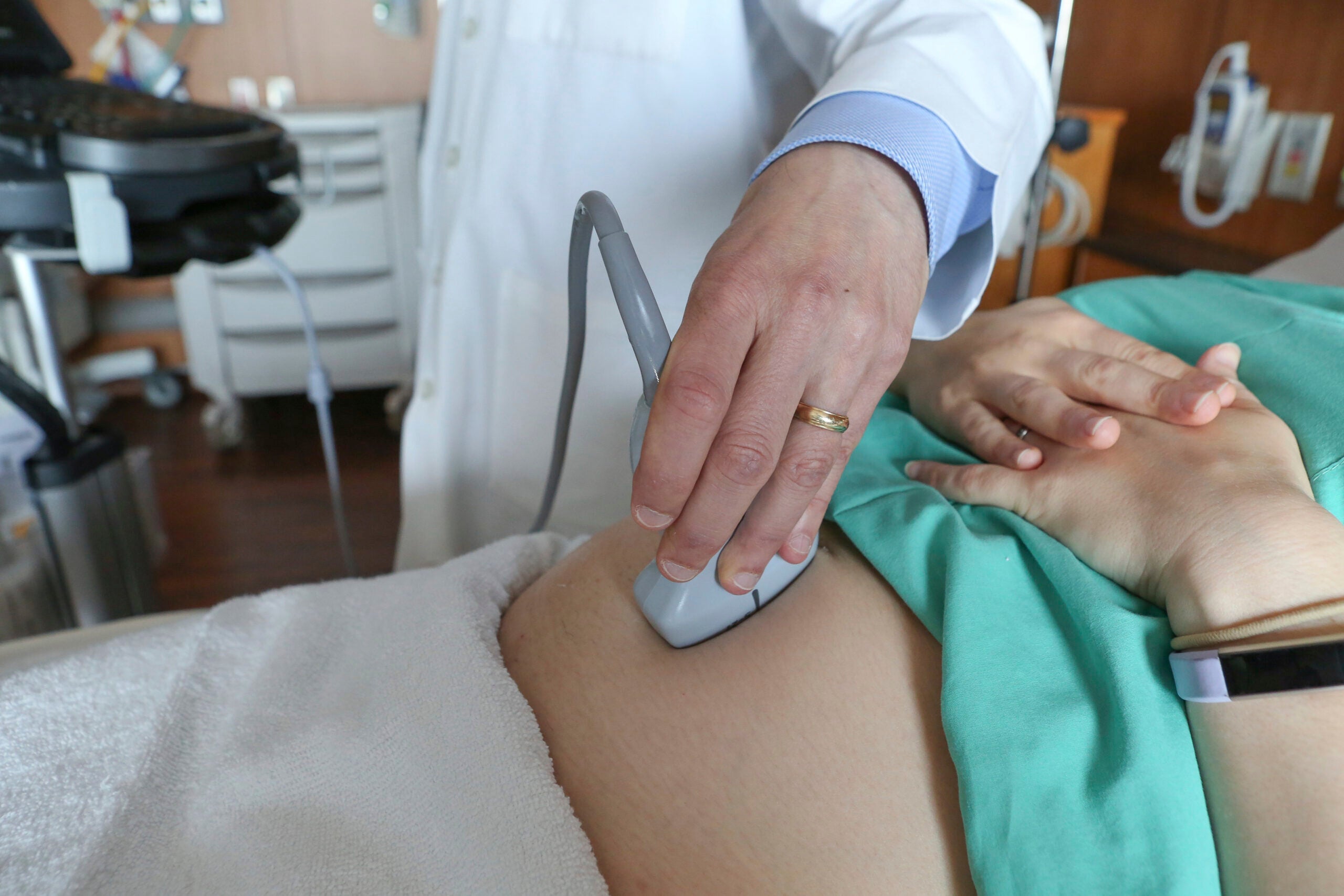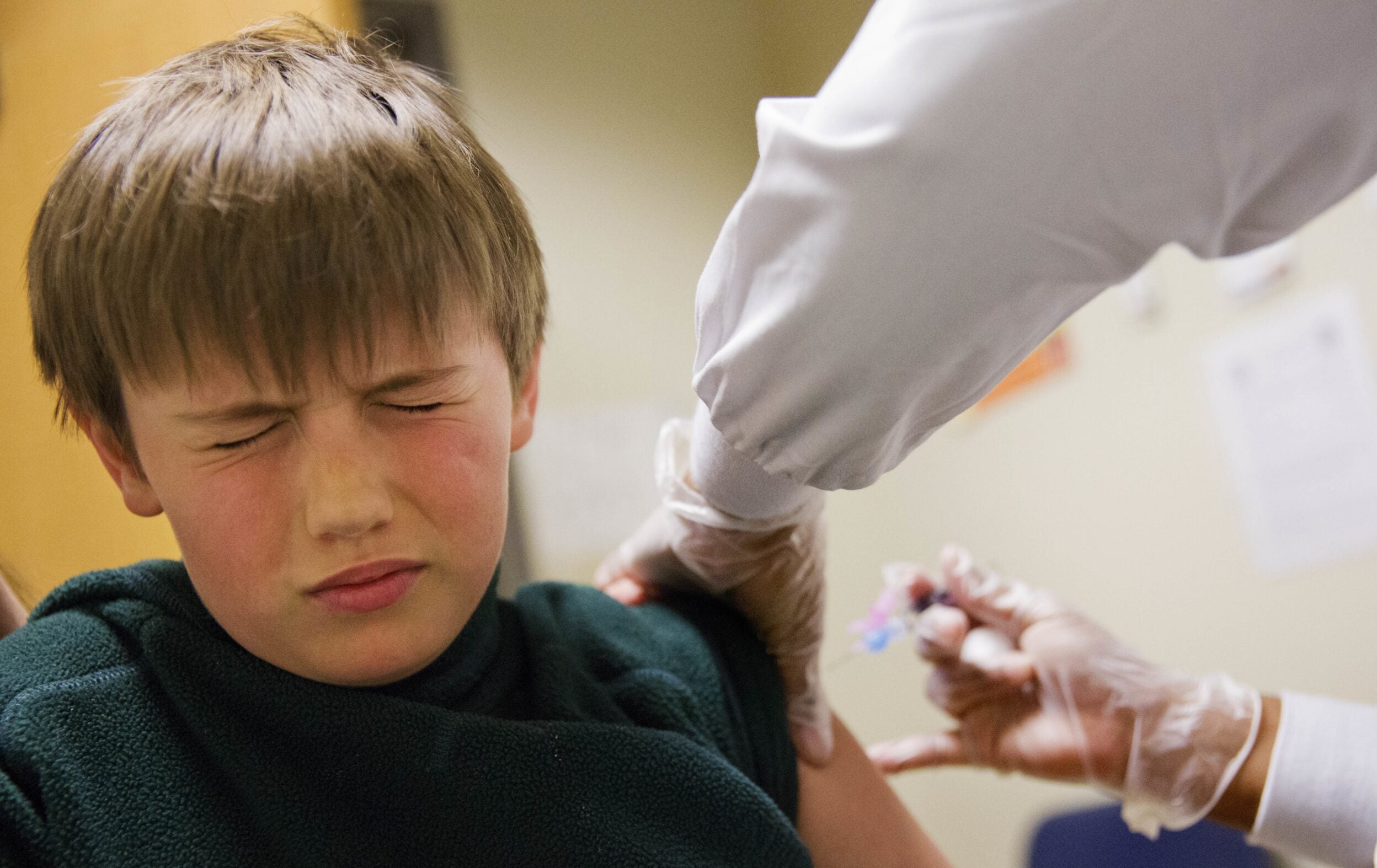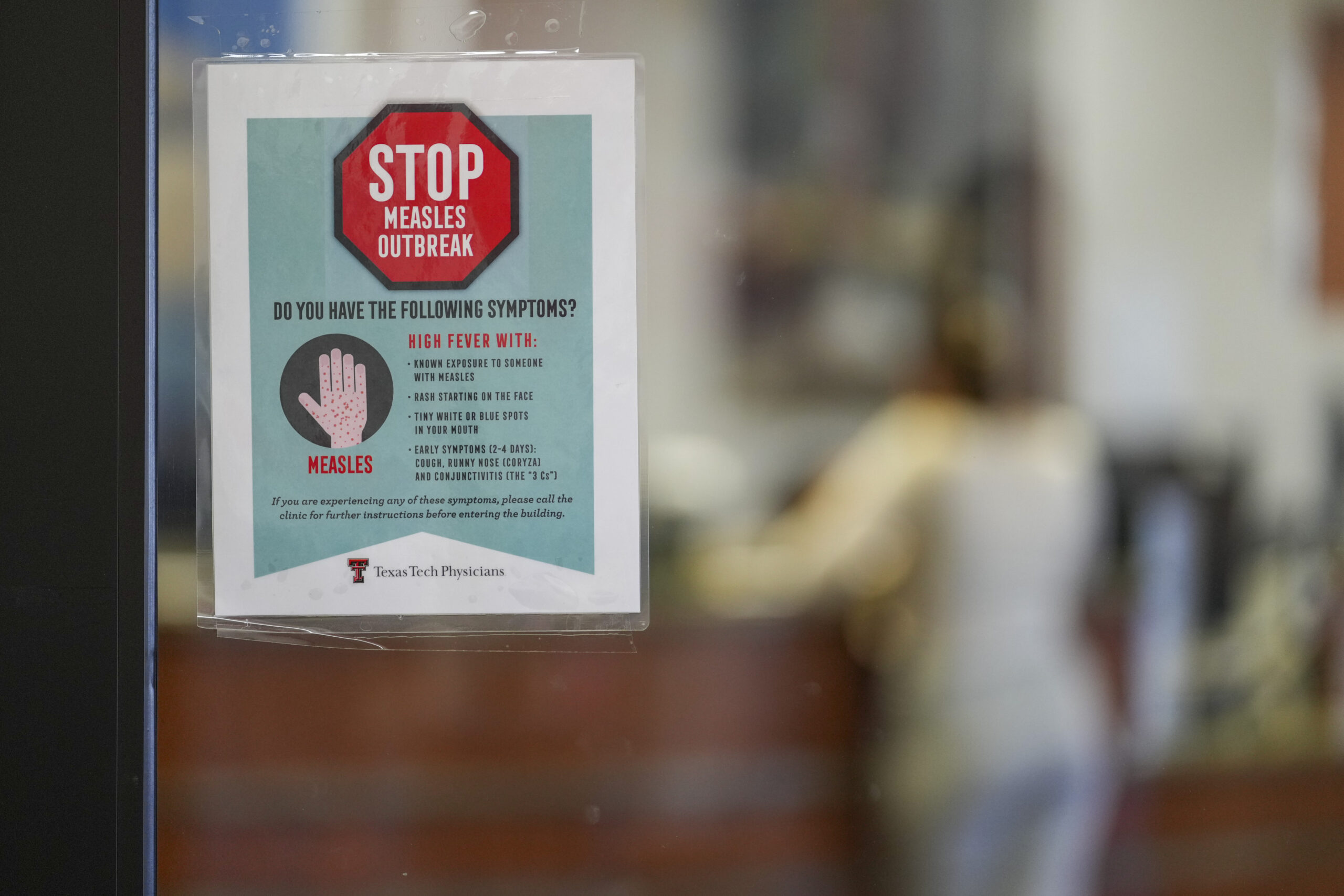Doctors treating COVID-19 long haulers have found that women make up a majority of the patients seeking treatment for symptoms months after their initial infection
A recent publication from Mayo Clinic Health System in Rochester, Min., looked at the first 108 patients of the system’s new Post COVID-19 Care Clinic, who were seen between January and April.
The patients had what is commonly called “long-haul” COVID-19 or what Mayo Clinic physicians call “post COVID-19 syndrome,” where patients are profoundly impacted by persistent symptoms three months or more after their initial infection.
News with a little more humanity
WPR’s “Wisconsin Today” newsletter keeps you connected to the state you love without feeling overwhelmed. No paywall. No agenda. No corporate filter.
Women made up 75 percent of the patient population and the median age was 46 years old.
Dr. Ravindra Ganesh, medical director for the Post COVID-19 Care Team and lead author of the study, said he was not surprised to see a predominance of women. He said it follows trends seen in similar diseases with persistent symptoms, like fibromyalgia or chronic fatigue syndrome, where female patients outnumber males two to one.
But Ganesh stressed the study on people with long-haul COVID-19 was not a scientific sample and was simply the first 108 patients referred to the program.
“These are folks with a little bit more flexibility in their day. These are folks who maybe have a little bit more means and these are folks who have sought a lot of health care,” Ganesh said. “So there is a significant selection bias here as to who we got.”
Ninety-four percent of the patients were white and the study had no patients who identified as Asian or Pacific Islander.
Of the 81 women in the study, 72 percent had fatigue as their dominant symptom, compared to only 40 percent of male patients.
Fifty-eight percent of male patients reported shortness of breath, while only 14 percent of female patients reported that symptom.
Small percentages of patients reported muscle pain, low blood pressure, chest pain or headaches as their primary symptom.
Ganesh said his team was surprised by how few patients overall reported lung-related symptoms, which are typically a major part of acute COVID-19 infections.
“It raises more questions than answers about how we’re going to manage people, because it shows that the symptom cluster changes throughout the disease, from predominantly pulmonary stuff early to more fatigue and energy problems later. And we don’t have good treatments for that. Our experience with chronic fatigue syndrome is we don’t have good treatments,” Ganesh said.
But other medical professionals working with long-haul COVID-19 patients caution that Mayo’s study is only a “snapshot” of the local population.
Dr. Julie Biller is a pulmonologist and the medical director of Froedtert & Medical College of Wisconsin health network’s Post COVID-19 Care Program. She’s skeptical of the gender differences identified in Mayo’s publication because the sample size was so small. But she said her program has noticed similar demographic characteristics in the patients seeking care through their program.
“There’s a lot of similarities in the data. We had about 75 percent women. It’s predominantly Caucasians. It’s a younger age group than the initial patients who were infected with COVID and were so severe that they ended up in the hospital or dying,” Biller said.
But Biller said there is no research to differentiate whether biological differences or social disparities are behind the population trends. She said the National Institutes of Health is offering millions of dollars in research funding to study long-haul COVID-19, but it will take years before providers understand what causes the symptoms and who may be more susceptible.
One theory that has been speculated by medical professionals is that dysregulation of a person’s immune response could be behind the lingering symptoms.
Ganesh’s paper looked at his patients’ immune responses by measuring a specific signal-delivering substance called a cytokine. Patients hospitalized with COVID-19 infections have extremely high levels of a particular cytokine called IL-6, which is part of the inflammatory system.
Ganesh said the majority of patients in the study still had elevated IL-6 levels at least three months after their infection, indicating that their immune system was still active. Female patients in the study were more likely to have elevated IL-6 levels, with 69 percent of women affected versus 39 percent of the men.
Biller said a lot of the research around long-haul COVID-19 has speculated that it is an immune dysregulation or a prolonged immune response to lingering traces of the virus, which is why some long haulers report an improvement in their symptoms after getting vaccinated.
“I think many of us are very suspicious about that. But again, that was a very small number of people that they followed,” Biller said. “You don’t have enough information to say that that’s so.”
She said the best way that people can protect themselves from ending up with long-haul COVID-19 is by getting vaccinated.
Wisconsin Public Radio, © Copyright 2025, Board of Regents of the University of Wisconsin System and Wisconsin Educational Communications Board.







